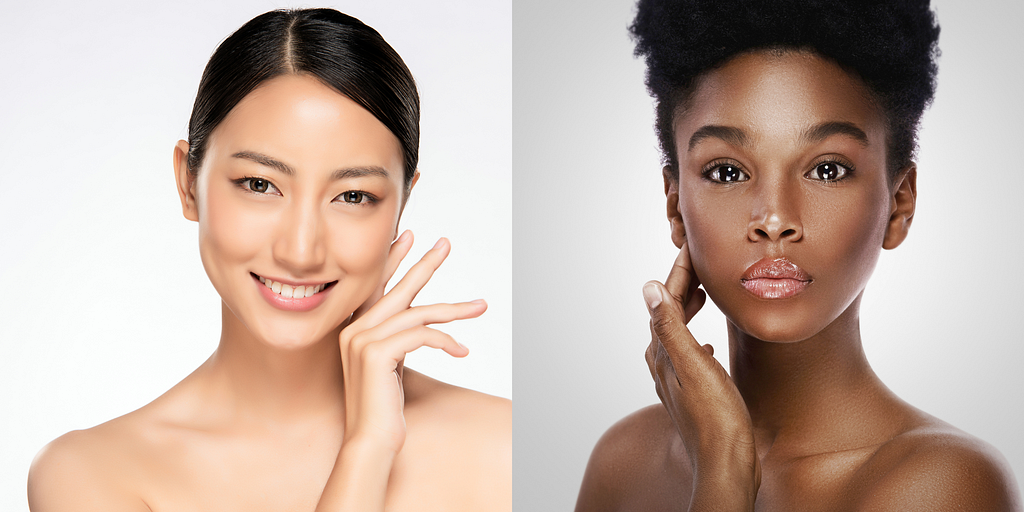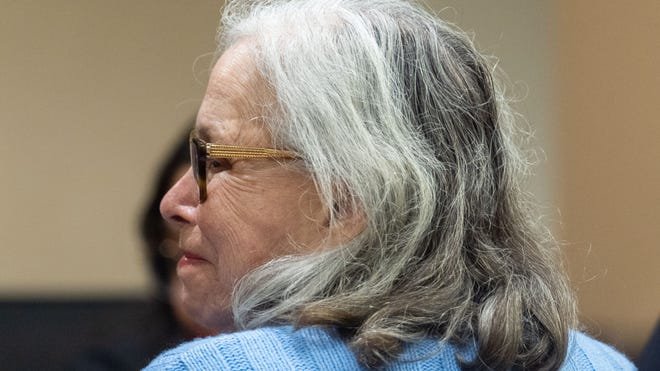
Black Women and Asian Women: Shared Struggles, Different Lenses
By The General Justice Lawyer, June 1

At first glance, Black women and Asian women might seem to face similar legal hurdles as women of color. Both deal with intersectional discrimination, the double whammy of racism and sexism, and both are underrepresented in positions of legal power (only 4% of federal judges are Black women and 1% are Asian women, per 2023 data).
But the law’s application, from courtrooms to policing, reveals stark differences driven by stereotypes and systemic priorities. Here’s how it breaks down.
Criminal Justice: Policing and Sentencing Disparities
Black Women: Hypervisibility and Punishment
Black women are overpoliced and overincarcerated. They’re incarcerated at 103 per 100,000 compared to 52 per 100,000 for white women (2020 Bureau of Justice Statistics).
Stereotypes like the “angry Black woman” or “jezebel” paint them as threats or deviants, leading to harsher treatment. For example, Black women are less likely to have self-defense claims upheld in court, as seen in cases like Cyntoia Brown, who was sentenced to life at 16 for killing a man while being trafficked. The 2016 case of Sandra Bland, who died in custody after a traffic stop, underscores how police encounters can escalate fatally, with little legal accountability.
The law often sees Black women as aggressors, not victims, leaving them vulnerable.
Asian Women: Invisibility and Dismissal
Asian women, by contrast, are often underpoliced in ways that harm rather than help. Stereotypes like the “model minority” or “submissive lotus” can lead to their victimization being downplayed.
For instance, domestic violence cases involving Asian women are less likely to result in convictions, as courts may view their abuse as a “cultural issue” or dismiss their credibility due to language barriers or immigration status (a 2019 study by the Asian Pacific Institute on Gender-Based Violence noted this trend).
The 2021 Atlanta spa shootings, where eight people (six Asian women) were killed, highlighted how violence against Asian women is often mischaracterized initially framed as a “bad day” for the shooter rather than a hate crime.
Legal protections like hate crime statutes are rarely applied robustly, leaving Asian women exposed.
Black women face hypervisibility that leads to punishment; Asian women face invisibility that leads to neglect. Both are failed by a system that doesn’t tailor justice to their realities.
Civil Rights: Workplace and Discrimination Laws
Black Women: Fighting an Uphill Battle
Under Title VII of the Civil Rights Act, Black women can sue for workplace discrimination, but proving intersectional bias is tough. Courts often require evidence of either racial or gender discrimination, not both, which dilutes their claims.
A 2017 Center for American Progress study found Black women win only 1.6% of federal discrimination lawsuits, compared to higher rates for white women or Black men. They’re also penalized for natural hairstyles or perceived “attitude,” as seen in cases like the 2019 lawsuit against a Texas employer who fired a Black woman for her locs. Economic disparities, Black women earn 61 cents for every dollar a white man makes (2023 Census) limit access to quality legal representation, making justice elusive.
Asian Women: Stereotyped as “Model Minorities”
Asian women face workplace discrimination too, but it’s often cloaked in “positive” stereotypes. The “model minority” myth portraying Asians as hardworking and compliant can mask issues like the bamboo ceiling, where Asian women are passed over for promotions.
A 2022 EEOC report noted Asian women are underrepresented in leadership roles (only 1% of corporate executives), despite high educational attainment.
When they challenge discrimination, they’re often dismissed as “overreacting,” as courts may buy into the narrative that Asians “succeed anyway.” Sexual harassment cases, like those reported in tech industries, also get less traction due to stereotypes of Asian women as “docile” or “exotic,” which undermine their credibility.
Black women’s discrimination is overt but hard to prove; Asian women’s is subtle but dismissed as nonexistent. Both struggle against a legal system that doesn’t fully grasp intersectionality.
Social Perceptions and Legal Outcomes
Black Women: Demonized and Devalued
Cultural stereotypes heavily influence legal outcomes. The “angry Black woman” trope, for instance, sways judges and juries to view Black women as less sympathetic.
In the 2022 Megan Thee Stallion shooting case, she faced public and legal skepticism despite being the victim, with her Blackness and outspokenness weaponized against her.
Domestic violence survivors like Marissa Alexander, who fired a warning shot to escape abuse, received 20 years initially (later overturned), showing how the law punishes Black women’s self-preservation.
Asian Women: Fetishized and Ignored
Asian women are often fetishized or infantilized, which trivializes their legal claims. In hate crime cases, like the rise in anti-Asian violence during COVID-19, prosecutors rarely pursue hate crime enhancements—only 3% of anti-Asian incidents led to such charges in 2020-2021 (DOJ data).
The 2021 case of Vicha Ratanapakdee, an elderly Thai woman killed in San Francisco, was initially downplayed as random violence, not racial animus. Immigration status also complicates things; undocumented Asian women may avoid reporting crimes due to deportation fears, a factor less prevalent for Black women.
Black women are demonized, making their victimization less believable; Asian women are fetishized, making their victimization less urgent. Both face a legal system swayed by bias.
So, Are They Protected the Same?
Black women and Asian women are not protected equally or adequately by the law. Black women face aggressive overpolicing and harsher penalties, driven by stereotypes that cast them as threats.
Asian women face neglect and dismissal, with their victimization downplayed due to “model minority” or “submissive” tropes.
Both are failed by a legal system that struggles with intersectionality and prioritizes power, whether it’s police, corporations, or societal norms.
Yet their struggles converge in shared underrepresentation, economic barriers, and the fight for a justice system that sees them as fully human.
As far as I’m concerned, this sparks a bigger question: How do we rewrite the law to protect all women of color, not just those closest to power? Movements like #SayHerName (for Black women) and Stop AAPI Hate (for Asian Americans) are pushing for change, but it’s an uphill climb.
Follow @genjustlaw
Author

Latest entries
 Donna Adelson Trial2025-09-05Donna Adelson Found Guilty on All Counts in Dan Markel Murder Case
Donna Adelson Trial2025-09-05Donna Adelson Found Guilty on All Counts in Dan Markel Murder Case True Crime2025-09-03Epstein Files: Survivors Break Silence on Capitol Hill
True Crime2025-09-03Epstein Files: Survivors Break Silence on Capitol Hill US2025-09-03Cardi B Assault Trial Verdict — She’s Not The Drama
US2025-09-03Cardi B Assault Trial Verdict — She’s Not The Drama US2025-08-30Jim Crow Era — Louisiana’s Split Juries Problem and the Limits of Retroactivity
US2025-08-30Jim Crow Era — Louisiana’s Split Juries Problem and the Limits of Retroactivity




